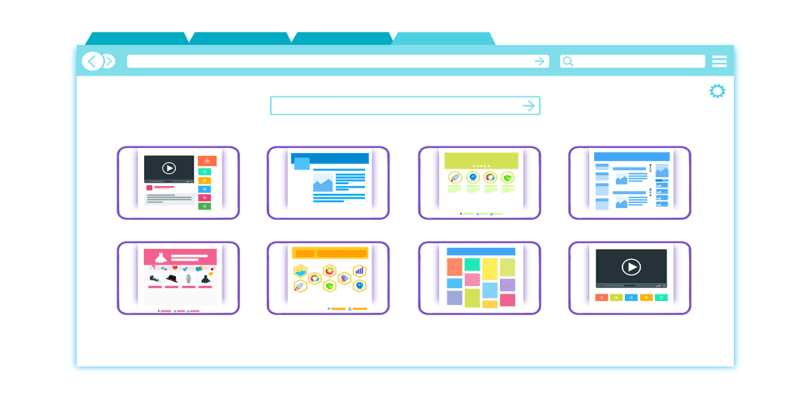How to Simplify Your Business Process Management Software Search


So, you need a Business Process Management (BPM) solution, but where to begin? Technologies once considered staples in BPM are no longer sufficient enough in the age of process management due to new emerging technologies and trends. As a result, solution providers have had to shift their focus and develop tools that meet the needs of organizations dealing with increasingly large data and process volumes.
The process of searching, evaluating, purchasing, and deploying a BPM tool is not as simple as it once was. There’s no such thing as a one-size-fits-all approach when it comes to BPM software. Solutions today come in a variety of different flavors, each features a particular set of capabilities, strengths, and drawbacks. Choosing the right vendor and solution is a complicated process—one that requires in-depth research and often comes down to more than just the solution and its technical capabilities.
Here at Solutions Review, it’s our job to help simplify that process. To that end, we’ve created a variety of buyer resources and articles to speed the evaluation of enterprise technology solutions. In our Business Process Management Buyer’s Guide, we offer readers a full BPM software market overview. This includes company and product profiles and best use cases for the top-24 providers, ten questions for prospective BPM buyers, and our bottom line analysis.
New in 2018, Solutions Review has mapped the top-19 business process management solution providers for Workflow Management, Artificial Intelligence and Low-Code Development Platforms across a Venn diagram to make it easier for you to pick the best vendor. The BPM Vendor Map offers a guide for companies large and small to navigate the developing challenge of managing business processes and workflows.
Covering the best providers of workflow management, artificial intelligence, and low-code development platforms, this new research report is a perfect companion to a Gartner Magic Quadrant or our own Solutions Review Buyer’s Guide. Picking the wrong BPM software or vendor can have huge ramifications for you and your business – not only will you lose the money you spent acquiring the first software, you’ll also lose the time it took to implement and deploy.
Aside from our Buyer’s Guide, we’ve provided you with three steps you can take to help you make the best software choice for your organization.
Figure Out Exactly What You Need or Want
Put aside your search for a minute – minimize all your open Internet tabs, save and close any spreadsheets you may have open, and discuss with your team what it is that you want the BPM solution to accomplish. What features do you really want or need? Do you need software that manages hiring first or do you want something that can integrate with your workflow management software? Finding a way to phrase what you want the most can help clarify your purpose.
List Pro’s and Con’s
A pro’s and con’s list is extremely helpful, especially for those needing a visual aid or who work better by thinking out loud. Making lists, in general, can be one of the most effective ways to come to af final decision. Set it up so you have your top five BPM solutions (or whatever number you feel necessary) in one column, and in the other columns list how each solution either fits your business needs and/or what they are missing. If you’re in the middle of an BPM software search and feel completely lost, we highly recommend making a pro’s and con’s list or using our buyer’s guide – which is perfect for beginners and well-seasoned professionals.
Pay Attention to Details
When doing your research, it’s important to take note of little details (like features and capabilities) each platform offers. It’s common for your eyes to glaze over or for solutions to start seeming the same when you’ve been researching them for long periods of time. To avoid this, move beyond the big picture and start digging down to the specifics. Examine the small details such as design or layout. Does one system have a more intuitive and simple user interface? Will this one be more easy to train employees with over the other? Is there a feature you really like that one BPM tool has that another does not?
So, when it comes time to searching, evaluating, purchasing, and deploying an BPM solution we hope these tips help. Remember, it’s our job to help simplify this process – so definitely check out our BPM Buyer’s Guide and/or Vendor Map for more information and to compare the top solutions head to head.
Don’t forget to follow us on Twitter, LinkedIn and Facebook for all the latest in Work Tech!





















